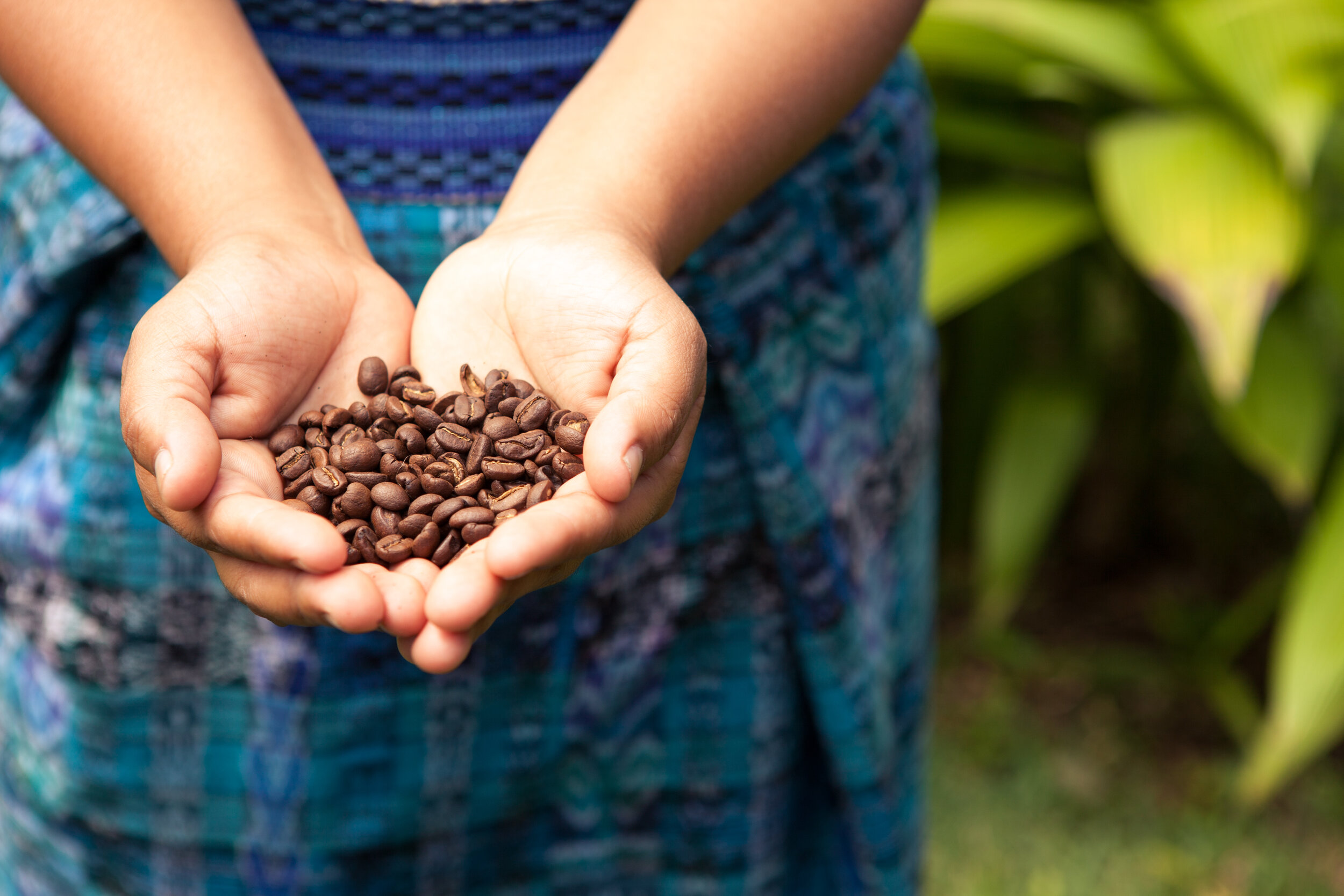Costa Rica is a magical place! It's an incredible sight to see. It is unique and abundant in wildlife. It features 32 national parks, 51 wildlife refuges, 13 forest reserves, and eight biological reserves. The country is one of the 20 most biodiverse places in the world, with more than 500,000 plant and animal species in Costa Rica.
It's quite an exhilarating experience to encounter native animals. Wildlife is practically everywhere in Costa Rica, not just in protected areas. Always keep your eyes glued and breathe in the beauty of this ethereal land.
Capuchin Monkey
Also called white-faced monkeys, the capuchin monkey is a common sight throughout Costa Rica. These small primates are easily identified as the most intelligent New World monkey. They are native to Central and South America and are frequently spotted in many of Costa Rica's national parks.
Capuchin monkeys have small, slender bodies covered in brown or black fur. Their faces, necks, and chests are usually a white or cream color, meriting them the name mono Cara Blanca in Spanish, or white-faced monkey. The capuchins live in troops of 10 to 15 individuals and are considered highly sociable. The average group has roughly 15 members led by a dominant male. They are arboreal creatures, and you will not see them descend to the forest floor.
Bird Watching
What's another reason to come back again and again to Costa Rica? Go bird watching! Did you know that there are over 800 species in the country? Cuba is almost the same size as West Virginia! If you want to see 100s of bird species ranging from 6 Toucans to 17 species of Woodpeckers to 21 species of Wrens and so on then, Costa Rica is the perfect place to look for them. There are a lot of common birds in Costa Rica, and there are several that are tough to miss.
It quite literally would take several years to see all the bird species in Costa Rica, but it's an excuse to keep coming back to this biodiverse country.
Agriculture
Costa Rica is an agricultural society. There are thousands of small farms sprawled throughout the country that grow produce to sell at farmers' markets, along the side of the road, or local supermarkets. It's very safe to eat fruits and vegetables in Costa Rica due to their excellent quality.
It's a highlight in itself to explore local markets, and roadside fruit stands to see and sample the diversity of Costa Rica's agriculture. Going to a feria, a local farmer's market, for the fresh, organic, and local-grown produce is an authentic social and cultural event, and the savings are fantastic!
From the mountains in the Central Highlands to the beaches of Guanacaste, you won't encounter any trouble at all, finding an abundance of fruits and vegetables to enjoy during your trip to Costa Rica.
Coffee
The story of coffee in Costa Rica dates as far back as 1798. It is when acreage and coffee plants were gifted to anyone willing to cultivate the crop for export. It was not very hard to grow the plants in the country's mineral-rich volcanic soils, cold mountain climates, and shaded fields.
Coffee became the main export and played a significant source of income for Costa Rica. It was not only a basis for the country's economy, but it also became an integral part of the local culture. As the historians, Peter and Sampers noted, "Drinking coffee became a ritual of Costa Rican society." Would you like to experience a more traditional taste of this local delicacy? Try using a chorreador.
Are you ready to taste some Costa Rican coffee for yourself? Click on the link below when you are ready to start planning you vacation to Costa Rica.
Costa Rica








